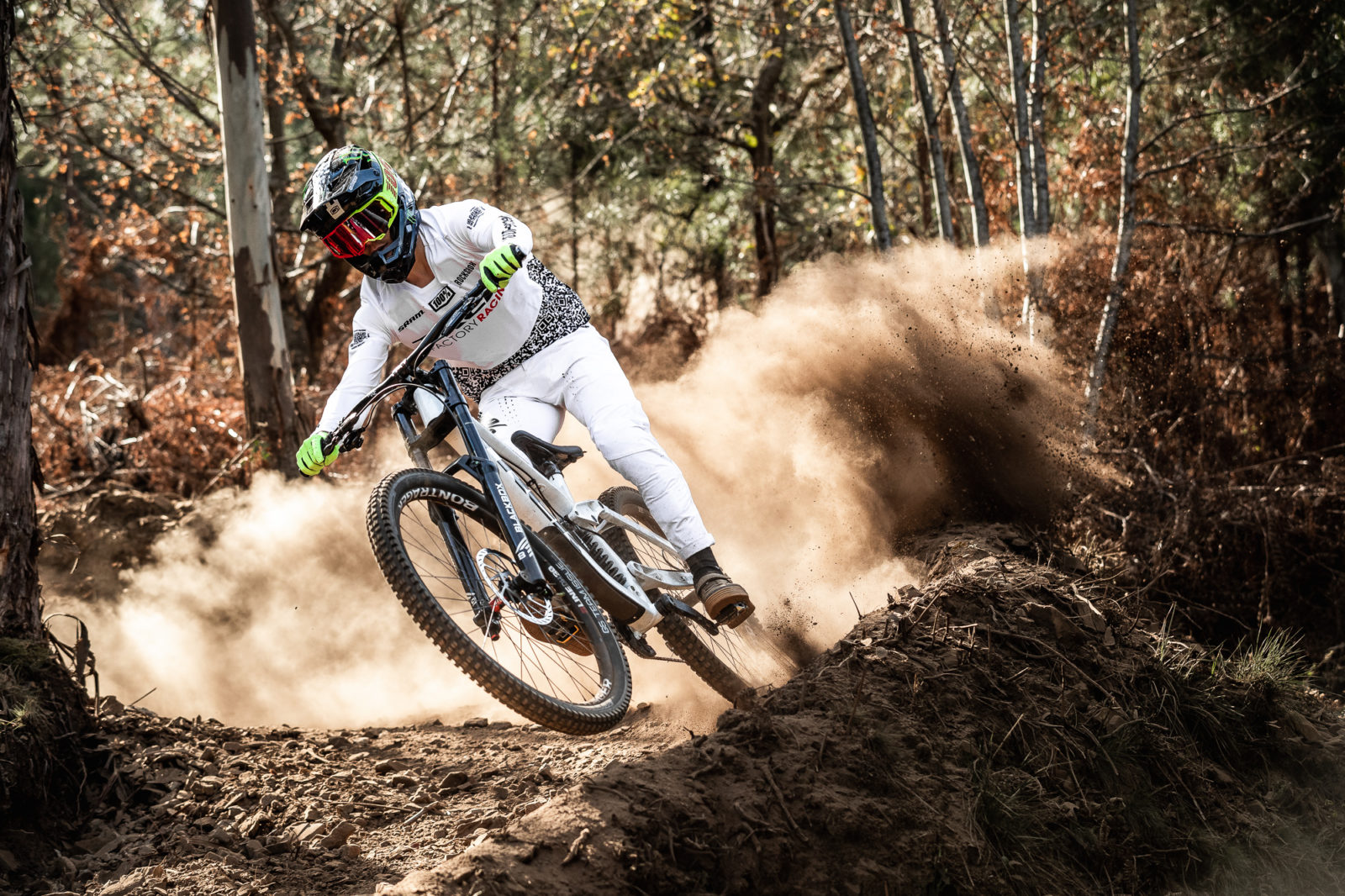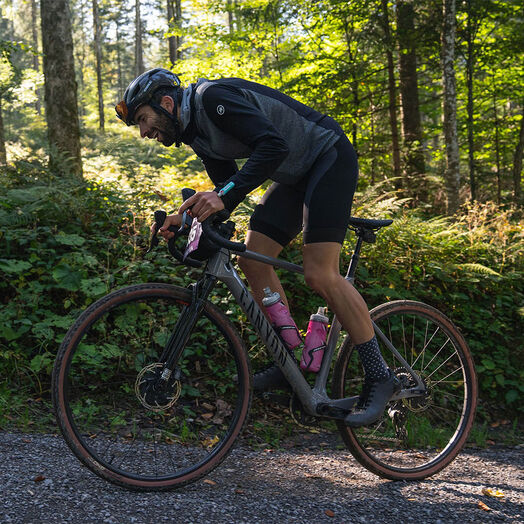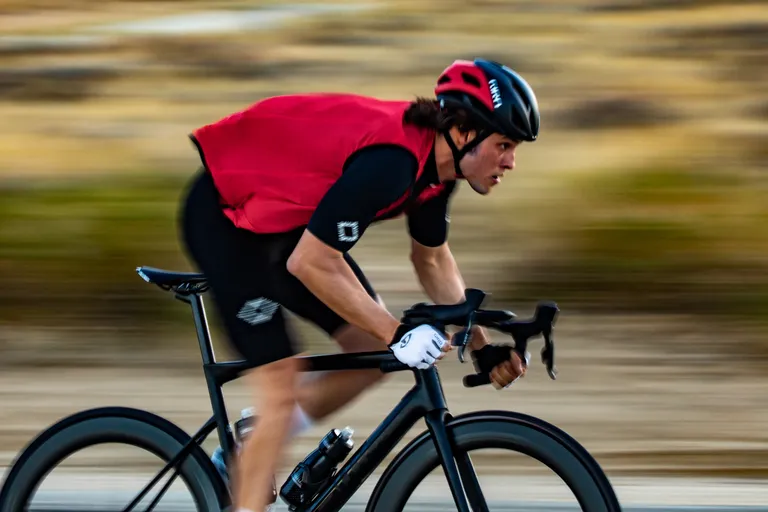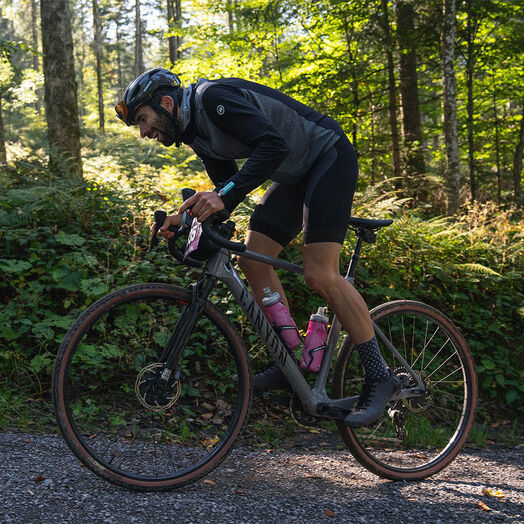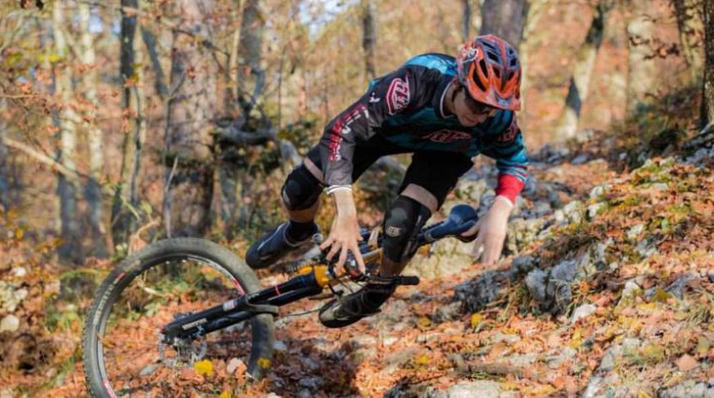Racing Helmets for Mountain Biking: Gear Up for the Competitive Edge

Key Point Summary of Racing Helmets for Mountain Biking:
- Safety First: Optimal protection is a non-negotiable feature.
- Aerodynamics and Weight: Key factors that influence racing performance.
- Ventilation: Essential for comfort and endurance in races.
- Compatibility with Racing Gear: Integrates with goggles and communication devices.
- Technology and Innovation: Look for helmets with MIPS, SPIN, or similar technologies.
Safety Meets Performance
In the realm of competitive mountain biking, the choice of helmet can be as strategic as the choice of bike. The primary function of a racing helmet is, of course, to protect your head in the event of a crash. However, when every second counts, factors like aerodynamics and weight come into sharp focus. A well-designed racing helmet can streamline your performance, cutting through the air with minimal resistance and keeping your head as light as possible for those neck-to-neck moments at the finish line.
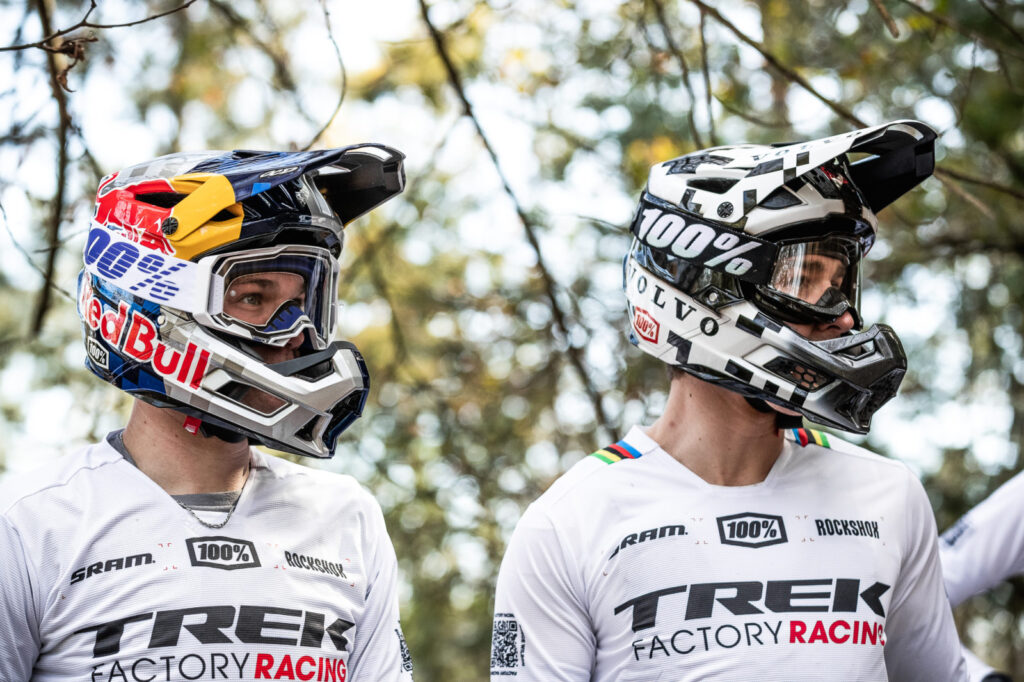
Ventilation: The Unsung Hero
Remember, a cool head isn’t just a metaphor for staying calm under pressure; it’s a literal requirement during a race. High-quality racing helmets are designed with sophisticated ventilation systems that channel air over your head, keeping you cool and focused. This feature is crucial during long races or in warmer climates, where overheating can impair your performance and concentration.
Integration with Racing Essentials
Modern racing helmets are more than just protective shells; they’re part of a larger racing ecosystem. Compatibility with goggles, especially in dusty or muddy conditions, is a must. Some helmets come with built-in mounts for action cameras, allowing you to review your performance or share your race highlights. Additionally, the integration of communication devices can be a game-changer for team races, allowing for seamless strategy discussions without breaking focus.
Technological Edge
The incorporation of technology in racing helmets has significantly advanced in recent years. Systems like MIPS (Multi-directional Impact Protection System) and POC’s SPIN (Shearing Pad INside) offer enhanced protection against rotational motion impacts, which are common in cycling accidents. These technologies can make a substantial difference in the outcome of a crash, potentially reducing the risk of concussion.
Comfort and Fit: The Foundation of Performance
An ill-fitting helmet can be a distraction, and in the heat of competition, even minor discomforts can erode your focus. A racing helmet should feel like an extension of yourself; snug but not constrictive, with an adjustable fit system that stays secure no matter how rough the trail gets. The importance of a proper fit cannot be overstated—it’s the foundation upon which safety and performance rest.
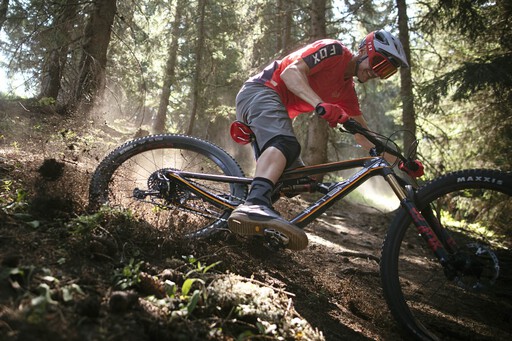
Choosing Your Racing Helmet
Selecting the right racing helmet involves balancing several factors. Prioritize safety and certification above all. Look for helmets that meet or exceed industry standards such as CPSC, CE EN1078, and AS/NZS 2063. From there, consider weight, ventilation, aerodynamics, and additional features like technology integration and compatibility with other gear.

Based on the key features highlighted in the guide—protection, lightweight design, ventilation, compatibility with gear, and safety technology—the best mountain bike racing helmets strike a balance between these critical factors to offer performance, comfort, and safety on the trails. Here’s a list of top-tier helmets that embody these qualities and are well-regarded in the competitive mountain biking community:
- Troy Lee Designs Stage MIPS: Renowned for its lightweight yet robust construction, the Stage MIPS incorporates advanced safety features, including MIPS technology, making it a favorite among enduro racers.
- Fox Racing Proframe: The Proframe stands out for its full-face protection with exceptional breathability, making it one of the lightest and most ventilated full-face helmets suitable for enduro and downhill racing.
- Giro Montaro MIPS: A versatile helmet that integrates MIPS technology, the Montaro offers great ventilation and an adjustable visor, making it suitable for a wide range of mountain biking disciplines.
- Bell Super Air R MIPS: Featuring a removable chin bar, the Super Air R offers the versatility of a full-face and open-face helmet in one, with MIPS for added rotational impact protection, tailored for enduro riders who need flexibility and performance.
- Specialized Ambush with ANGi: Equipped with ANGi crash sensors and MIPS, the Ambush offers cutting-edge safety technology, alongside excellent ventilation and lightweight design, ideal for competitive riders who prioritize technology and safety.
When selecting a mountain bike racing helmet, consider how each model aligns with your specific racing needs, preferences, and the type of mountain biking discipline you engage in. The best helmet is one that offers a perfect blend of safety, comfort, and performance enhancement, tailored to your personal requirements and racing conditions.
In Conclusion
The journey from beginner to competitive cyclist is as much about skill development as it is about understanding and choosing the right gear. Your helmet, as your primary piece of safety equipment, deserves careful consideration. With the right racing helmet, you not only protect yourself against the inherent risks of the sport but also gain an ally in your quest for speed, endurance, and victory.
Whether you’re sizing up your first start line or looking to shave seconds off your personal best, remember: a racing helmet is not just a requirement—it’s a competitive advantage. Embrace the process of finding your perfect helmet as part of your racing journey. After all, in the world of competitive mountain biking, the right gear can make all the difference.
John
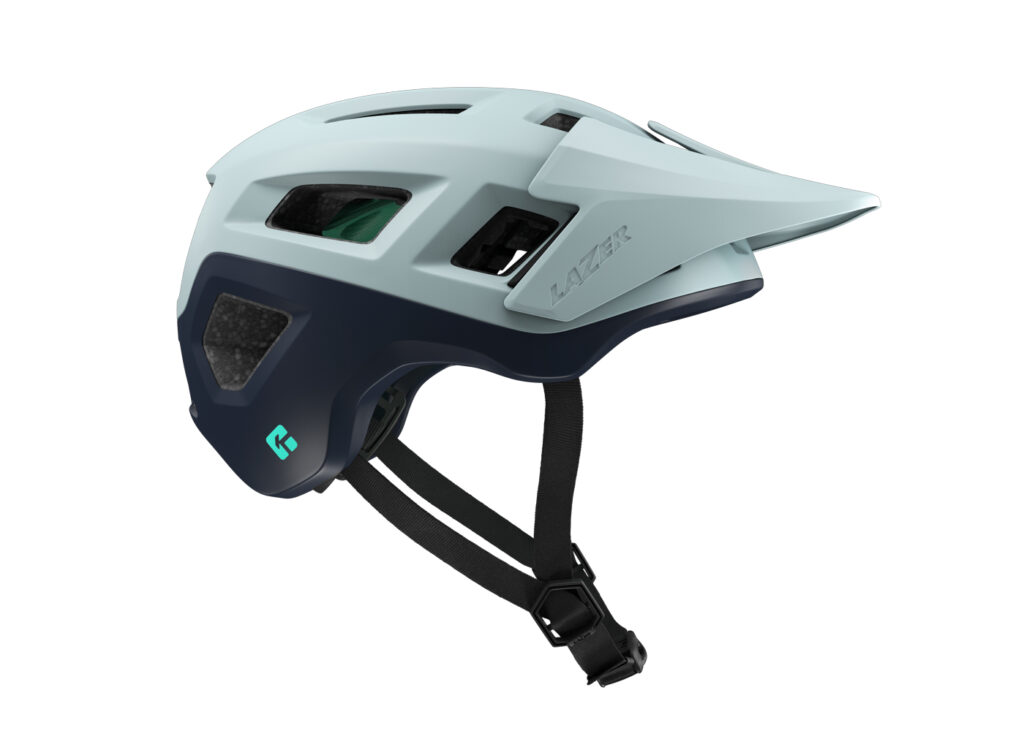
FAQ
What type of helmet is best for mountain biking?
The best type of helmet for mountain biking is one specifically designed for MTB, offering full-head coverage, a visor, enhanced rear-head protection, and, for aggressive riding, a full-face design with MIPS or similar technology for added safety.
Can you use any helmet for mountain biking?
While you can technically use any helmet, it’s not recommended. Helmets designed specifically for mountain biking offer better protection, coverage, and features suited to the demands and risks of off-road riding.
Can you wear a motocross helmet mountain biking?
Yes, you can wear a motocross helmet for mountain biking, especially for downhill or aggressive riding where extra protection is beneficial. However, they might be heavier and less ventilated than helmets specifically designed for mountain biking.
What is the difference between MTB helmet and road helmet?
MTB helmets typically offer more coverage and protection around the back and sides of the head, include a visor for debris and sun protection, and are designed for better ventilation at lower speeds. Road helmets are lighter, more aerodynamically shaped, and prioritize ventilation at high speeds with less emphasis on rear-head coverage.
